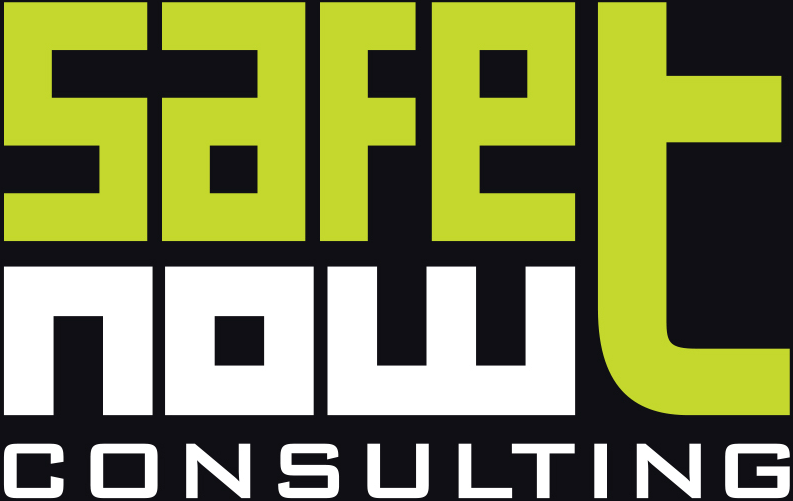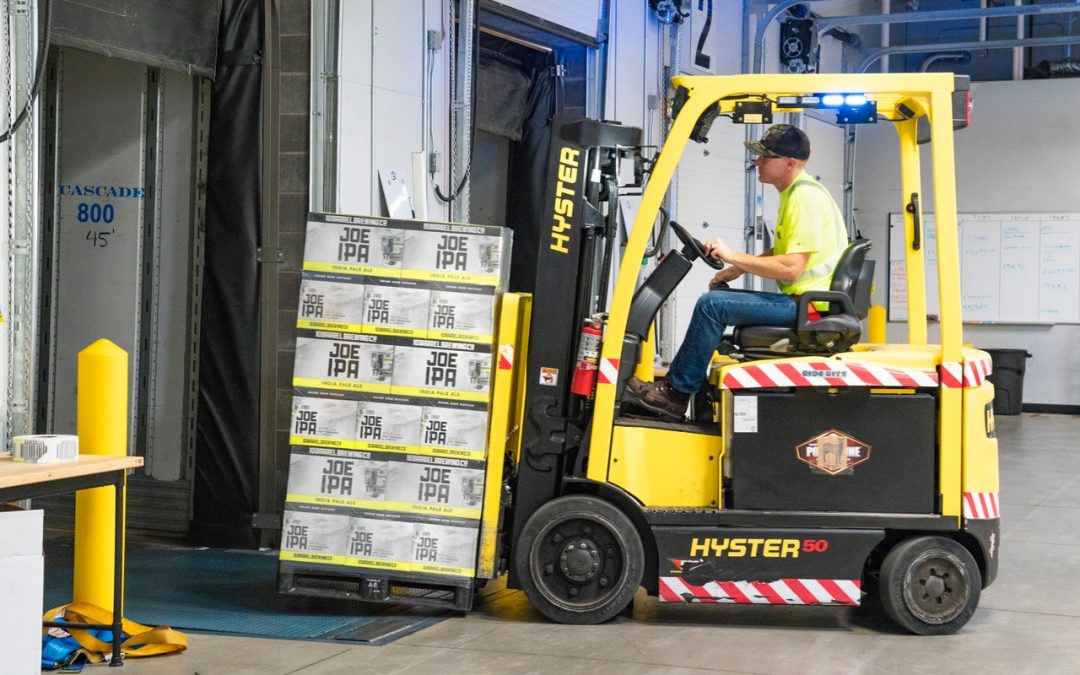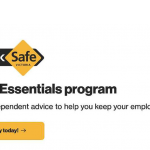The risk associated with the operation of a forklift or industrial forklift truck is significant when we consider its general use (lifting, stacking and transferring of loads) and its role in general traffic movement (internal and external) at a workplace. As always, we must consider the duties imposed on employers by the Health and Safety Legislation to provide and maintain a workplace that is safe and without risk to health so far as is reasonably practicable. In this article, we will explore the risk management considerations that employers must consider including selection, general use, the use of attachments and traffic management controls for the internal/external movements of a forklift at a workplace.
What are the duties imposed on manufacturers of forklifts?
Manufacturers and suppliers have a duty to provide information on the capabilities and limitations of a forklift including:
- Maximum lift capacity;
- Maximum load supported;
- Maximum vertical lift travel;
- The suitability of different types of tyres;
- The forklift capacity at different lift height and positions;
- Limitations when operated on uneven surfaces or inclines including:
- Stacking/raising off-centre loads at full height. It is noted that the stability pf a forklift can be impacted significantly on a surface with a 2% difference in gradient (20mm in 1 metre);
- Loads that are suspended from a jib or rotator attachment significantly increase the likelihood of a forklift to tip forward when braking or sideways when turning
*NOTE: No adjustments or alterations should be made to any parts of a forklift unless the manufacturer has been consulted. Changes to any specifications of forklift, including rated capacity and reach as a result of any alteration must be recorded by a competent person on the forklift data plate.
What must an employer consider when selecting a forklift?
The specific needs of workplace must be considered including (but not limited to):
- Lift capacity requirements;
- Attachment requirements (i.e. tyne extenders, jib, man-cage)
- Terrain that the forklift will be operated on (including the presence of any incline/declines);
- Gas or electric? If a forklift is to be operated in a poorly ventilated area it must be electric due to the significant risk of poisoning or asphyxiation if a fuel-powered forklift is operated in such an environment. If gas, what are the refuelling requirements and the competency associated?
- Use of intelligent systems including (but not limited to):
- Mechanisms that prevent a forklift from starting unless a driver is restrained by a seatbelt;
- Limitation of travel speeds to 8km/hr to assist in the reduction of side tip over;
*NOTE: Where operating surfaces are uneven slower speed limits may be required. - Limitation of speed to reduce the maximum speed of a forklift depending upon the load, load height and required turning radius;
- Systems to monitor and limit the number of wheel rotations while the forklift tynes are elevated. Such systems prevent a forklift from being driven with tynes raised;
- The provision of load weighing devices as standard equipment.
During the selection process, employers must consult with forklift operators, team leaders, supervisors, any health and safety representatives as well as the manufacturer/supplier of the forklift to ensure that selection meets the specific needs of the workplace. A risk assessment must be provided by the manufacturer/supplier on any forklift that is purchased, leased or hired for use at a workplace. An employer must review this risk assessment and consider also the operational risks as presented below.
What are the operational risks associated with a forklift?
Instability
Roll over or tipping is a significant risk with the operation of a forklift. Counter balance forklifts have a so called ‘triangle of stability’ made up of the front left wheel, the front right wheel and the middle of the rear axle at the pivot pin that is connected to the steer axle. The centre of gravity must remain within this triangle and explains why an un-laden forklift can tip over if turned sharply, even on level surface.
Speed and Stopping Distances
The speed required for operation of a forklift will be dependent upon external and internal movement requirements. A detailed traffic management risk assessment is required to assess all potential forklift and pedestrian interactions. Speed and stopping distance must be considered as part of this assessment. A fully laden 2.5 tonne forklift travelling at a speed of 8km/hr will require 4.6m stopping distance. As such speed as well as specific pedestrian and vehicle separation requirements must be considered as part of any workplace traffic management control plan.
*NOTE: A fully laden forklift cannot use its maximum braking capacity as its load may slide or fall from the forklift tynes or the forklift may tip in a forward direction.
Sprains and Strains
During operation, forklift operators may be subjected to repeated or continuous looking up (high stacking), repeated or continuous looking backwards (reversing), and vibration associated with encountering bumps.
Slips, Trips and Falls
Slips, trips and falls are encountered when a forklift operator is getting onto or off a forklift due to not maintaining three points of contact, not using grab handles and the presence of potentially slippery surfaces.
Training
Only competent high-risk licence (class LF) class holders should be permitted to operate a forklift at a workplace.
What are the operational risk associated with forklift attachments?
When an attachment is fitted to a forklift, the forklift’s operating characteristics may change, making it necessary to de-rate the forklift capacity and restrict some operating controls.
Employers must ensure that where attachments are to be used with a forklift that:
- Each attachment has its own rated capacity stamp;
- Ensure that the forklift manufacturer has been consulted in relation to the intended attachments proposed for use on a specific forklift. The manufacturer should stamp the combined rated capacity (with attachment fitted) onto the forklift load capacity plate;
- Ensure that attachments are secured correctly and safely on the forklift at all times during operation;
- Ensure specification is provided to operators in relation to forklift speed with attachment affixed.
What traffic management risks must be considered with the operation of a forklift at a workplace?
When considering the risk associated with the movement of forklifts onsite, a thorough risk assessment is required in order to consider:
- Required forklift access points both internally (within buildings) and externally;
- Pedestrian and vehicle movement onsite and the potential interactions with forklifts.
Upon completion of the traffic management risk assessment, a traffic management plan must be developed. A traffic management plan is a set of rules for managing the safest and most efficient movement of traffic in your workplace. It contains practical, workable controls and covers all vehicles in your workplace, not just forklifts. It must be specific to the workplace and all persons including employees, contractors and visitors to the workplace must understand and adhere to directions provided by the plan.
*NOTE: The most important consideration for any traffic management plan is the physical separation of pedestrians and forklifts
Summary
In closing, there are a number of risks associated with the operation of forklifts at a workplace. But, a careful assessment of these risks at both the purchasing phase and consideration of operational requirements onsite should enable an employer to establish considered risk controls to mitigate the risk associated.






